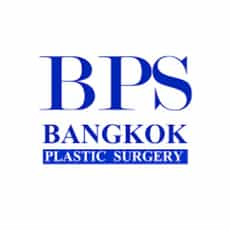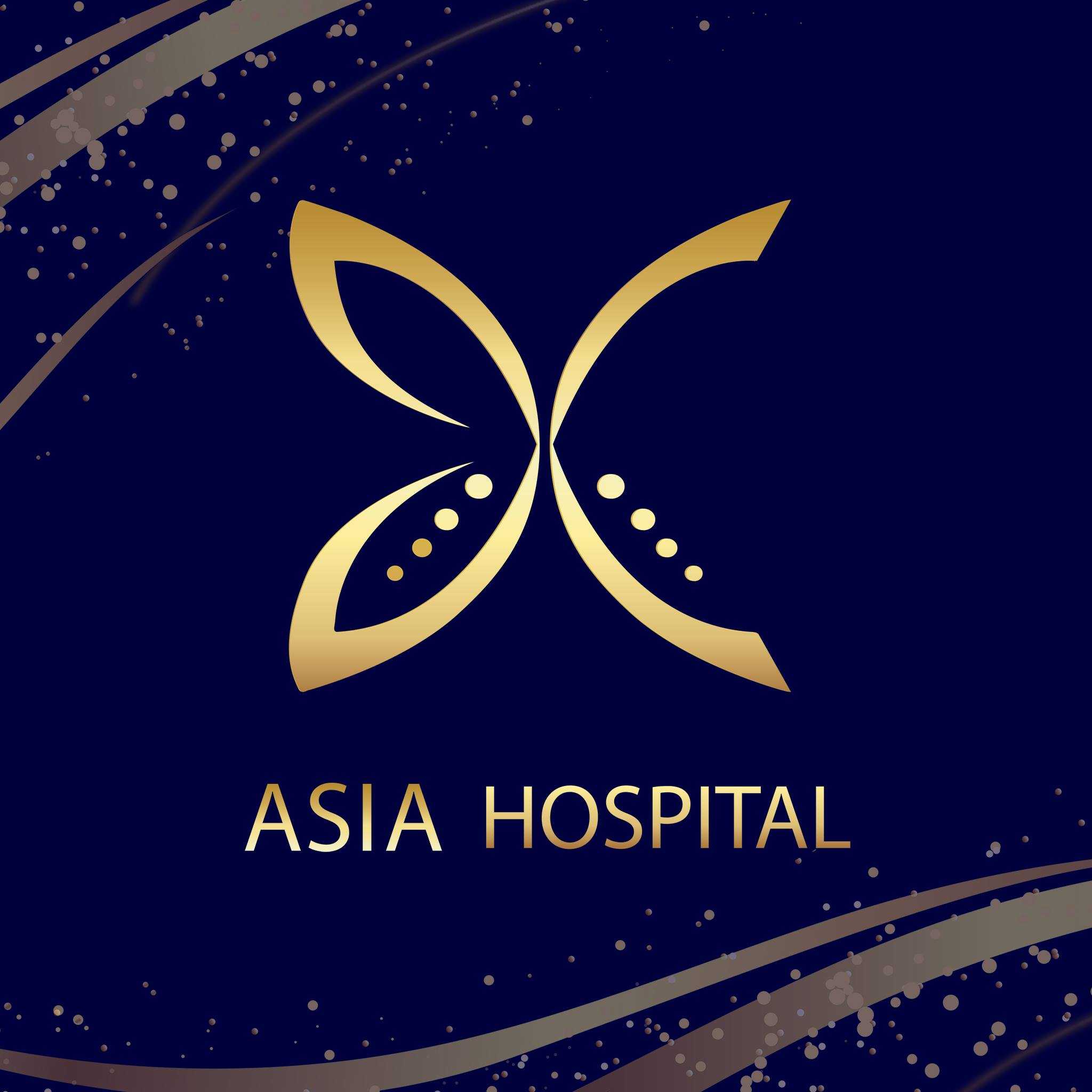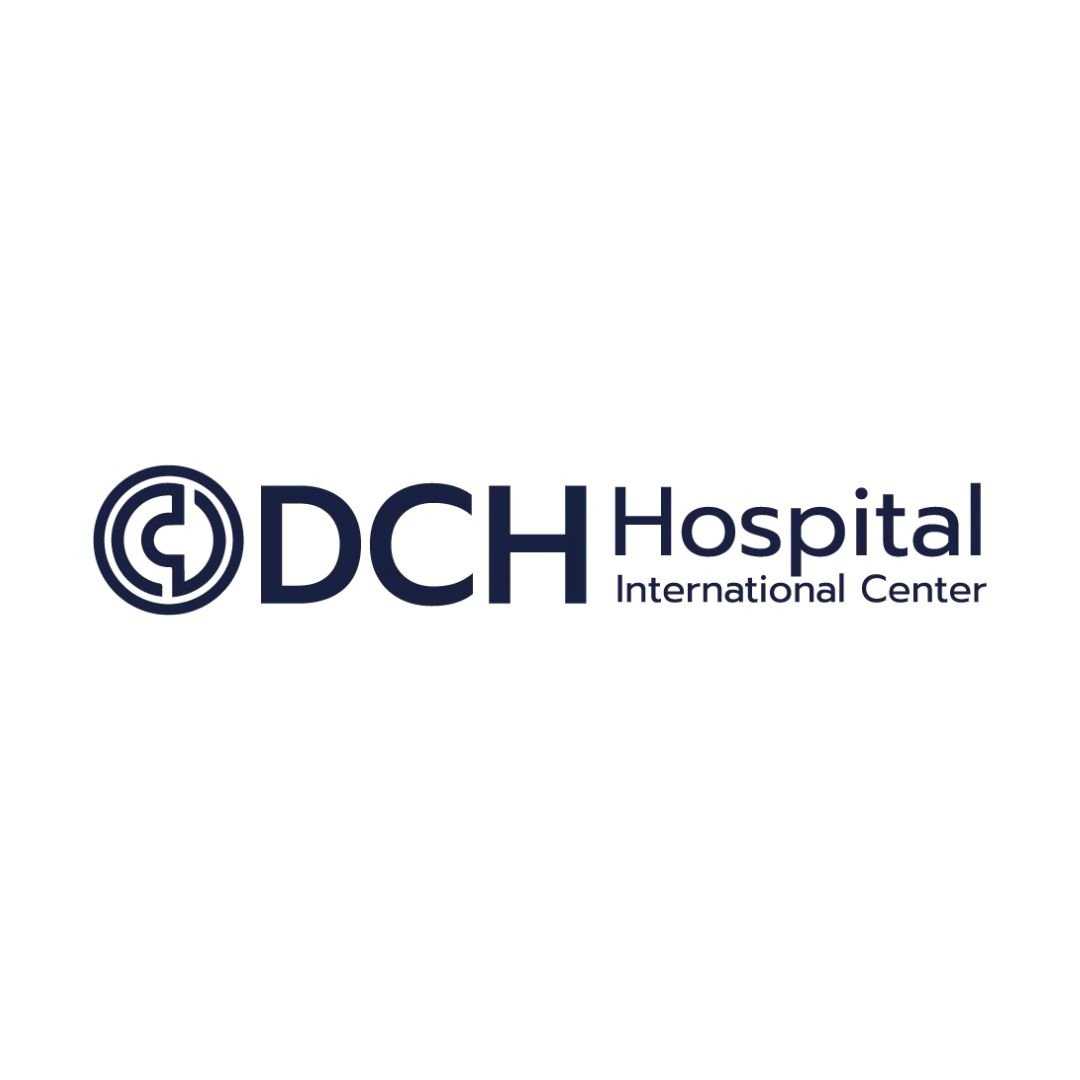Navigating Tummy Tuck Recovery in Thailand: Your Essential Guide

Thinking about a full tummy tuck, or abdominoplasty, in Thailand? It's a fantastic choice for many looking to achieve a flatter, firmer abdomen, especially after significant weight loss or pregnancy. Thailand has become a global leader in medical tourism, renowned for its highly skilled surgeons, state-of-the-art facilities, and competitive pricing. But once the decision is made and the surgery is complete, what's next? The recovery process is a crucial phase that directly impacts your final results and overall experience. Understanding what to expect, from managing discomfort to gradually resuming your daily life, is key to a smooth and successful healing journey. Let's delve into the detailed recovery timeline for a full tummy tuck in Thailand, ensuring you're well-prepared for every step.
What is the immediate recovery like after a tummy tuck in Thailand?
The first 24 to 72 hours post-surgery are the most intensive part of your recovery. Here’s a detailed look at what to anticipate:
- Anesthesia Effects: You’ll wake up from general anesthesia in a recovery room. It’s normal to feel disoriented, groggy, or slightly nauseous. Medical staff will monitor your vital signs closely.
- Pain Management: You will experience pain and a significant feeling of tightness across your abdomen. This is normal, as your abdominal muscles have been tightened and skin removed. Your medical team will administer pain medication, often intravenously at first, to keep you as comfortable as possible. Don't hesitate to communicate your pain levels.
- Compression Garment: A snug compression garment, or abdominal binder, will be applied immediately after surgery. This is vital for reducing swelling, providing support to the newly sculpted contours, and helping your skin adhere to the underlying tissues. You'll be instructed to wear this almost continuously for the first few weeks.
- Drainage Tubes: It's common for one or more thin, clear drainage tubes (drains) to be placed under the skin to collect any excess fluid that accumulates. This prevents fluid buildup (seroma) and promotes healing. The nursing staff will teach you how to empty and record the output from these drains. They are typically removed when the fluid output is consistently low, usually within a few days to two weeks.
- Mobility: Despite the discomfort, early, gentle movement is encouraged. You'll be asked to take short walks around your hospital room or ward, even on the day of surgery. This helps to improve circulation, reduce swelling, and minimize the risk of blood clots. You will likely walk in a slightly bent-over or hunched position initially to avoid putting strain on your incision line.
- Sleeping Position: To alleviate tension on the incision and promote proper healing, you'll be advised to sleep on your back with your upper body slightly elevated and your knees bent. Using pillows to support your back and knees can make this more comfortable. A recliner can also be an excellent option for sleeping during this initial phase.
- Assistance: For the first couple of days, you will need assistance with basic tasks such as getting in and out of bed, showering (once permitted), and using the restroom. Many Thai clinics offer dedicated nursing care or recommend that you have a companion with you.
Your surgical team will provide detailed instructions and be available to answer any questions, ensuring you feel supported during this critical initial recovery period.
How is pain managed during tummy tuck recovery in Thailand?
Effective pain management is a priority for clinics in Thailand to ensure patient comfort and promote a smoother recovery. Here’s how pain is typically managed:
- Immediate Post-Op: In the hospital, you'll likely receive strong intravenous (IV) pain relievers to control acute pain. Some surgeons may also use long-acting local anesthetics or nerve blocks during surgery to numb the area, providing pain relief for the first 24-48 hours.
- Oral Pain Medications: As soon as you are able to tolerate oral intake, you will be switched to prescription oral pain medications. These typically include opioid pain relievers for the initial severe pain and often muscle relaxants to help with the tightness.
- Non-Opioid Options: Your surgeon may also recommend or prescribe over-the-counter pain relievers like ibuprofen or acetaminophen to be used in conjunction with or after stronger medications, as your pain subsides.
- Compression Garment: While not a medication, the compression garment plays a crucial role in pain management by reducing swelling and providing continuous support to the surgical area, which can significantly decrease discomfort.
- Gradual Weaning: You'll be advised to gradually reduce your reliance on strong pain medications as your pain decreases. It’s important to follow your surgeon's instructions regarding dosage and frequency.
- Rest and Positioning: Adequate rest and maintaining the recommended hunched-over or elevated sleeping position help to minimize tension on the incision, thereby reducing pain.
Your medical team will work with you to create a personalized pain management plan, ensuring you are as comfortable as possible throughout your recovery. Don't hesitate to communicate your pain levels so adjustments can be made if necessary.
When can I expect drains to be removed after a tummy tuck in Thailand?
Drainage tubes are an essential part of the tummy tuck recovery for many patients, helping to prevent fluid accumulation (seroma) and optimize healing. Here's what you need to know about their removal:
- Purpose of Drains: Drains are thin, clear tubes inserted during surgery to remove any excess blood or fluid that naturally collects in the surgical site. This minimizes swelling, reduces the risk of infection, and helps the skin and underlying tissues adhere properly.
- Daily Care: While the drains are in place, you or your caregiver will be instructed on how to "milk" the tubes to prevent clots and how to empty and measure the fluid output from the collection bulbs. This daily recording is crucial information for your surgeon.
- Removal Criteria: Drains are typically removed when the fluid output consistently drops to a certain low level, usually less than 20-30 ml per drain in a 24-hour period. This indicates that your body is no longer producing significant excess fluid.
- Timing: The timing of drain removal varies by individual, but it commonly occurs within 3 to 14 days after surgery. Some patients may have them in for a slightly shorter or longer duration. Your surgeon will make this decision based on your specific fluid output.
- Removal Process: Drain removal is a quick, relatively simple procedure performed in your surgeon’s office or the clinic. While it may cause a brief, pulling sensation or mild discomfort, it is generally not painful. Once the drains are out, the small insertion sites are covered with a bandage.
It's important not to try to remove the drains yourself. Always follow your surgeon's instructions regarding drain care and removal. The presence of drains is a temporary but important part of ensuring a smooth and safe recovery.
How long do I need to wear a compression garment after a full tummy tuck in Thailand?
The compression garment is a fundamental component of tummy tuck recovery, and its consistent use is vital for optimal results. Here's a breakdown of its importance and usage:
- Purpose: The compression garment serves several critical functions:
- Reduces Swelling: It applies gentle, even pressure to the surgical area, which helps to minimize post-operative swelling and bruising.
- Promotes Healing: It encourages the skin to re-adhere smoothly to the underlying muscle and tissue, preventing fluid pockets and promoting a more contoured result.
- Provides Support: It offers support to your healing abdomen, which can help alleviate discomfort and make movement easier.
- Enhances Contours: By maintaining consistent pressure, it helps to refine and solidify your new abdominal shape.
- Initial Phase (Weeks 1-6): During this period, most surgeons recommend wearing the compression garment almost continuously, 24 hours a day, only removing it for showering (once permitted) and brief periods for hygiene. You might be provided with two garments so you can wash one while wearing the other.
- Intermediate Phase (Months 2-3): After the initial 4-6 weeks, your surgeon may advise you to switch to wearing the garment for a reduced number of hours per day, perhaps just during the daytime, or for physical activity. This phase helps manage residual swelling, which can persist for several months.
- Individual Variation: The exact duration of compression garment use can vary based on individual healing, the extent of your surgery, and your surgeon's specific recommendations. Some patients may benefit from wearing it for longer if they experience persistent swelling.
Your Thai surgeon will provide clear instructions on how long and how often you should wear your compression garment. Adhering to these guidelines is crucial for achieving the best possible aesthetic outcome and ensuring a smooth recovery from your full tummy tuck in Thailand.
When can I return to normal activities after a full tummy tuck in Thailand?
Returning to your regular routine after a full tummy tuck is a phased process, and it's essential to listen to your body and your surgeon's advice to prevent complications and ensure optimal healing. Here’s a general timeline:
- Walking: As mentioned, light walking is encouraged from day one to aid circulation and prevent blood clots. You will gradually increase the duration and intensity of your walks over the first few weeks.
- Sedentary Work: If your job is desk-based or does not involve physical exertion, you can typically return to work within 2 to 4 weeks. However, take frequent breaks to walk around and avoid prolonged sitting.
- Driving: You should avoid driving until you are no longer taking strong pain medications and can comfortably and safely perform emergency maneuvers, such as slamming on the brakes. This is typically around 2 to 3 weeks post-surgery.
- Light Exercise: Gentle, low-impact exercises, like brisk walking, can usually be resumed after 4 weeks, provided you feel comfortable and your surgeon approves.
- Strenuous Exercise & Heavy Lifting: Avoid any strenuous activities, including heavy lifting (anything over 5-10 lbs), core exercises (like sit-ups), or intense cardio, for at least 6 to 8 weeks. Your abdominal muscles need ample time to heal and strengthen. Your surgeon will provide specific clearance for these activities.
- Sexual Activity: Typically, you can resume sexual activity after about 2-4 weeks, or when you feel comfortable and there is no pain or tension at the incision site.
- Housework: Light household chores can usually be resumed after 2-3 weeks, but avoid anything that involves bending, lifting, or straining.
Every individual heals at a different pace. It's crucial not to rush your recovery, as pushing yourself too soon can lead to complications, including fluid buildup, wound healing issues, or stretching of your results. Your Thai surgical team will provide a personalized activity progression plan for your full tummy tuck recovery in Thailand.
What kind of scars can I expect after a full tummy tuck in Thailand and how can I minimize them?
Scars are an inevitable part of any surgical procedure, including a full tummy tuck. Understanding what to expect and how to care for your scars can significantly impact their final appearance:
- Incision Location: For a full tummy tuck, you will have a long, horizontal scar that typically runs from hip to hip, usually placed low on the abdomen so it can be concealed by underwear or swimwear. You will also have a scar around your belly button (navel), as it needs to be repositioned.
- Initial Appearance: Immediately after surgery, the scars will be red or pink and may appear raised. They will gradually flatten and fade over time.
- Scar Maturation: Scar maturation is a long process that can take 12-18 months, or even longer, for the final result to be seen. During this time, the scars will typically become lighter, flatter, and softer.
To minimize the appearance of your tummy tuck scars, your surgeon in Thailand will likely recommend the following:
- Proper Wound Care: Follow all instructions regarding dressing changes and keeping the incision clean and dry to prevent infection, which can worsen scarring.
- Sun Protection: Protect your scars from direct sun exposure for at least 6-12 months. UV rays can cause scars to darken and become more noticeable. Use high-SPF sunscreen or cover the area with clothing.
- Silicone Products: Once the incisions are fully closed and dry, typically around 2-4 weeks post-op, your surgeon may recommend using silicone sheets or silicone-based gels. These are clinically proven to help flatten and lighten scars. Consistent use is key.
- Gentle Massage: After the initial healing period, gentle massage of the scars can help break down scar tissue and improve their texture and flexibility. Always consult your surgeon before starting any massage.
- Healthy Lifestyle: A nutritious diet and avoiding smoking contribute to better overall healing, including scar quality.
- Avoid Tension: Avoid activities that put excessive tension on the incision line during the early healing phases, as this can widen the scar. This is why walking in a hunched-over position initially is important.
Remember that while scars will always be present, proper care can significantly improve their appearance, making them less noticeable over time. Discuss your concerns about scarring with your surgeon during your consultation for your full tummy tuck in Thailand.
How long should I stay in Thailand for tummy tuck recovery?
Planning your stay in Thailand for a full tummy tuck requires careful consideration of your recovery needs. Here's a typical recommendation:
- Minimum Stay: Most surgeons and medical tourism facilitators recommend a minimum stay of 10 to 14 days in Thailand. This duration allows for:
- The immediate post-operative hospital stay (1-2 nights).
- Sufficient time for the initial, most uncomfortable phase of recovery at your accommodation.
- Removal of drains (which can take up to two weeks).
- At least one or two follow-up appointments with your surgeon to check incision healing, address any concerns, and ensure you are stable enough for travel.
- Benefits of a Longer Stay: Staying a bit longer, perhaps 3 weeks, can offer additional benefits:
- More time for swelling to subside before your long flight.
- More relaxed recovery without the pressure of an imminent departure.
- Opportunity for additional post-operative lymphatic massage, which some patients find beneficial for reducing swelling.
- Time to explore some light sightseeing if you feel up to it towards the end of your stay.
- Flight Considerations: Long-haul flights immediately after surgery can increase the risk of deep vein thrombosis (DVT) or blood clots. Your surgeon will advise on precautions like wearing compression stockings and moving around the cabin regularly during your flight home. It's crucial to be cleared for travel by your surgeon before booking your return flight.
- Accommodation: Many medical tourism packages include recovery accommodation or suggest hotels that cater to post-operative patients, offering services like room service and easy access for medical staff visits.
Always consult directly with your chosen clinic or medical tourism agency in Thailand to get a precise recommendation for your stay duration, as it can vary based on the specifics of your surgery and your individual healing capacity for your full tummy tuck in Thailand.
What are the common challenges during tummy tuck recovery and how are they addressed in Thailand?
While a full tummy tuck is generally safe, recovery can present certain challenges. Reputable clinics in Thailand are well-prepared to address these, ensuring your comfort and safety:
- Pain and Discomfort:
- Challenge: Post-operative pain and a feeling of extreme tightness are common.
- Addressed in Thailand: Clinics provide comprehensive pain management plans, including strong prescription pain medications immediately after surgery, followed by oral medications for home use. Nurses are vigilant in assessing pain levels and adjusting medication as needed.
- Swelling and Bruising:
- Challenge: Significant swelling and bruising are normal and can persist for weeks or even months.
- Addressed in Thailand: The constant use of a compression garment is key to minimizing swelling. Early, gentle walking also helps reduce fluid retention. Some clinics may offer lymphatic drainage massage as an adjunct therapy.
- Fluid Buildup (Seroma):
- Challenge: Accumulation of fluid under the skin can occur, potentially leading to discomfort or infection.
- Addressed in Thailand: Surgical drains are routinely used to remove excess fluid. Nurses provide thorough instructions on drain care. If a seroma develops after drain removal, it can be aspirated (drained with a needle) at a follow-up appointment.
- Limited Mobility and Posture:
- Challenge: You will be hunched over initially due to tightness, making movement difficult.
- Addressed in Thailand: Patients are gently encouraged to walk from day one to regain mobility. Assistance from nursing staff or a companion is provided. Proper sleeping positions are also advised to reduce strain.
- Nausea and Vomiting:
- Challenge: Can occur from anesthesia or pain medications.
- Addressed in Thailand: Anti-nausea medications are routinely administered post-op, both in the hospital and for home use.
- Infection:
- Challenge: A risk with any surgery, though rare with proper care.
- Addressed in Thailand: Antibiotics are often prescribed post-surgery. Strict sterile techniques are followed during the operation, and patients receive clear instructions on incision care. Any signs of infection (redness, pus, fever) should be reported immediately.
- Scar Healing:
- Challenge: Scars can be prominent or take time to mature.
- Addressed in Thailand: Surgeons strive for precise incisions. Post-operative advice includes sun protection, silicone products, and massage to optimize scar appearance.
Clinics in Thailand that cater to international patients often have dedicated patient coordinators and English-speaking staff to ensure seamless communication and immediate assistance should any concerns arise during your full tummy tuck recovery in Thailand.
What kind of diet should I follow during tummy tuck recovery in Thailand?
Proper nutrition is vital for healing and minimizing complications during your tummy tuck recovery. Your medical team in Thailand will provide specific dietary guidelines, but here’s a general progression:
- Immediately After Surgery (First 24-48 hours): Clear Liquids & Bland Diet
- Start with small sips of clear liquids (water, clear broths, diluted juice).
- Gradually progress to bland, soft, easily digestible foods like plain crackers, toast, clear soup, or rice, especially if you experience nausea.
- Avoid anything too heavy, fatty, spicy, or gassy immediately after surgery.
- First Week: Soft & Nutritious Foods
- Focus on Protein: Protein is crucial for tissue repair and healing. Include sources like lean chicken, fish, eggs, tofu, Greek yogurt, or protein shakes.
- Fiber for Regularity: Anesthesia and pain medications can cause constipation. Incorporate fiber-rich foods like cooked vegetables, soft fruits, and whole grains as tolerated. Prune juice or a mild laxative may be recommended.
- Hydration: Drink plenty of water throughout the day to stay hydrated, help flush out toxins, and prevent constipation.
- Avoid: Carbonated drinks, highly processed foods, excessive sugar, and high-sodium foods, which can contribute to bloating and swelling.
- Weeks 2-4 and Beyond: Gradual Return to Normal, Healthy Eating
- Continue to prioritize lean protein, fruits, vegetables, and whole grains.
- Gradually reintroduce other foods as your appetite returns and your digestive system feels normal.
- Focus on a balanced, nutrient-dense diet to support ongoing healing and maintain your new body contours.
- Avoid overeating, as this can cause discomfort on your healing abdomen.
Your Thai surgeon or a nutritionist at the clinic will provide you with a personalized dietary plan and may offer suggestions specific to your individual needs and healing progress. Adhering to these dietary guidelines is a critical part of a smooth and effective full tummy tuck recovery in Thailand.
Can I travel alone for a full tummy tuck in Thailand, or do I need a companion?
The decision to travel alone for a full tummy tuck in Thailand is a personal one, but medical professionals generally advise having a companion, especially for the initial recovery period. Here’s why:
- Immediate Post-Operative Assistance: For the first 24-72 hours, you will be groggy, in some pain, and your mobility will be significantly limited. Simple tasks like getting out of bed, going to the bathroom, showering, or even reaching for items will be challenging. A companion can provide invaluable practical assistance.
- Emotional Support: Recovery can be emotionally taxing. Having a trusted friend or family member there for emotional support, reassurance, and to help manage discomfort can make a huge difference in your psychological well-being.
- Medication Management: A companion can help you keep track of your medication schedule and ensure you take your pain relievers and other prescribed drugs on time.
- Drain Care: If you have drains, your companion can assist with emptying and recording fluid output, which is a necessary daily task.
- Communication with Medical Staff: While clinics offer translators, having a companion who can listen, ask questions, and help clarify instructions can be beneficial.
- Emergency Situations: In the rare event of a complication or an emergency, a companion can react quickly and seek medical assistance.
- Travel Home: Having someone to assist you with luggage, navigate airports, and provide comfort on a potentially long flight home is highly recommended.
If bringing a companion isn't possible, consider hiring a post-operative nurse or recovery assistant, which some Thai clinics or medical tourism facilitators can arrange. They can provide professional support during the crucial initial days. Discuss your travel plans and support system thoroughly with your chosen clinic in Thailand before your full tummy tuck procedure.
What about follow-up appointments after I return home from a tummy tuck in Thailand?
Reputable clinics in Thailand understand the need for ongoing support even after you've returned to your home country. Here’s what you can expect regarding follow-up appointments:
- Pre-Departure Check-up: Before you leave Thailand, you will have a final in-person check-up with your surgeon. During this appointment, the surgeon will assess your healing progress, remove any remaining drains or stitches (if applicable), review your post-operative instructions, and provide clearance for travel. This is also an opportunity to ask any last-minute questions.
- Remote Consultations: The most common form of follow-up for international patients is remote consultation. Many Thai clinics offer:
- Video Calls: Scheduled video calls with your surgeon or a dedicated patient coordinator to monitor your progress, review photos you send, and address any concerns.
- Email/Messaging: Ongoing communication via email or secure messaging apps for less urgent questions.
- Dedicated Patient Coordinators: Many clinics have international patient departments that serve as your point of contact for all post-operative inquiries once you are back home.
- Local Doctor Liaison: Your Thai surgeon may provide a detailed report of your surgery and post-operative care that you can share with your local general practitioner (GP) or a plastic surgeon for ongoing monitoring. While not a substitute for your primary surgeon, your local doctor can help with basic wound checks or address minor issues.
- Sending Photos: You will likely be asked to send periodic photos of your incision sites and overall progress to your Thai surgical team so they can assess your healing remotely.
- Emergency Protocol: You will be given clear instructions on what to do and whom to contact in case of an emergency or unexpected complication once you are home.
It's crucial to proactively communicate with your Thai medical team and follow their remote follow-up schedule to ensure your full tummy tuck recovery in Thailand continues smoothly and your results are optimized.
Ready to take the next step in your weight loss and body contouring journey? Explore PlacidWay to connect with world-class clinics in Thailand specializing in full tummy tuck procedures and comprehensive recovery support.


.png)














Share this listing